Major Art Residency Falling Under The Radar
Shannon Novak's Make Visible project puts the spotlight on LGBTQI+ communities in Taranaki - but what's being done to make it more visible? Andrew Wood investigates.
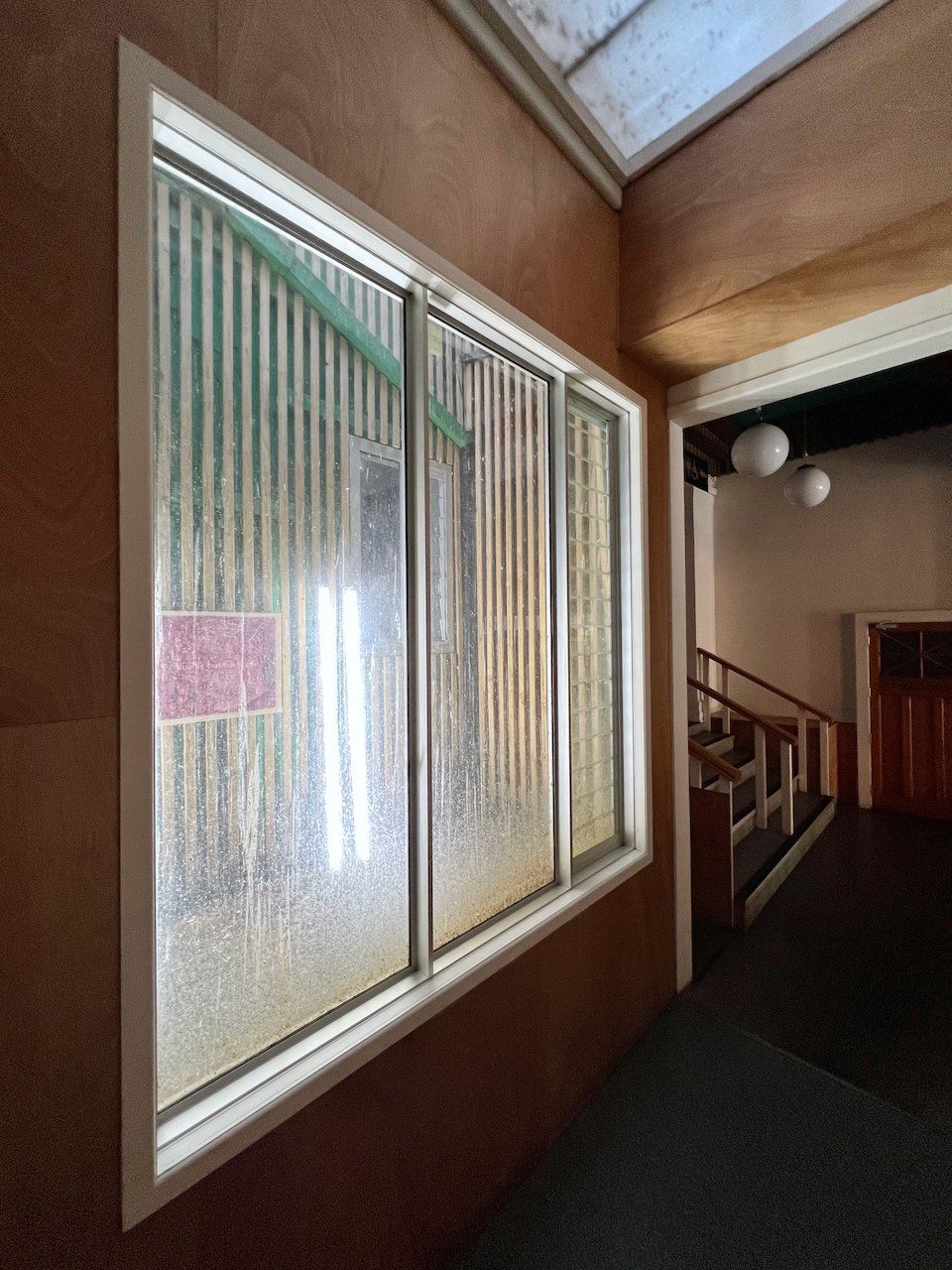
Unless you followed artist Taranaki-born, Auckland-based Shannon Novak on social media, you might be forgiven for not knowing that since last year, Novak has had an ongoing residency project with the Govett-Brewster Art Gallery in New Plymouth.
Make Visible: Taranaki is the second chapter of the overarching Make Visible project developed by the out and proud artist to grow support for LGBTQI+ communities in Taranaki by making local rainbow communities and their challenges more visible through projects inside and outside the Govett-Brewster Art Gallery.
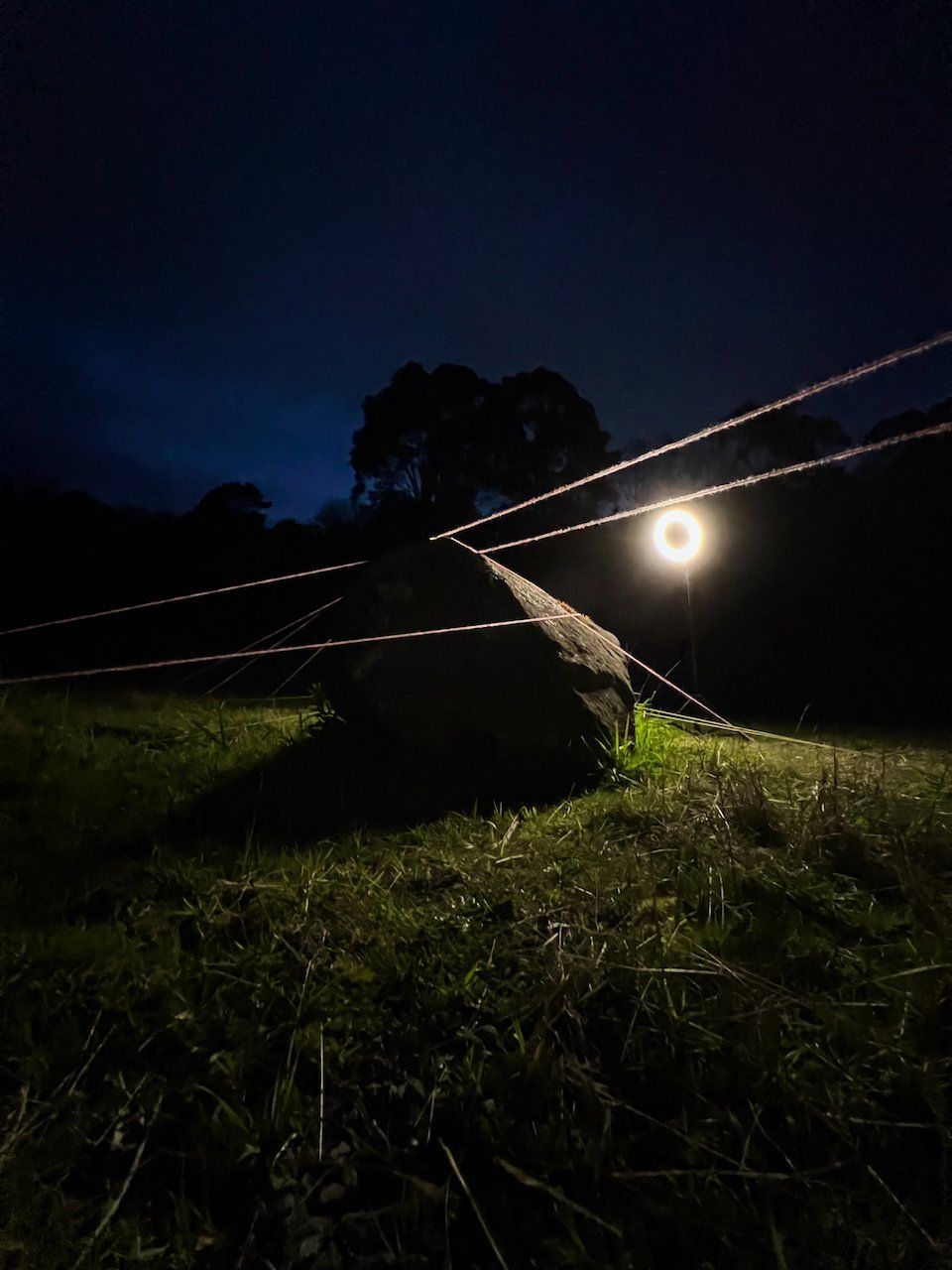
As Novak says on his website: “LGBTQI+ communities experience disproportionally higher rates of anxiety, suicide, and depression than the general population in New Zealand. Make Visible: Taranaki aims to help reduce these rates for LGBTQI+ communities in Taranaki (and beyond) through increased visibility of and support for these communities.”
On the Govett-Brewster website, there are brief entries on Novak’s Sub Rosa project in 2019 and the collaborative 2022 project The Unfurling with Pasha Clothier, a window-based project in the Len Lye Centre.
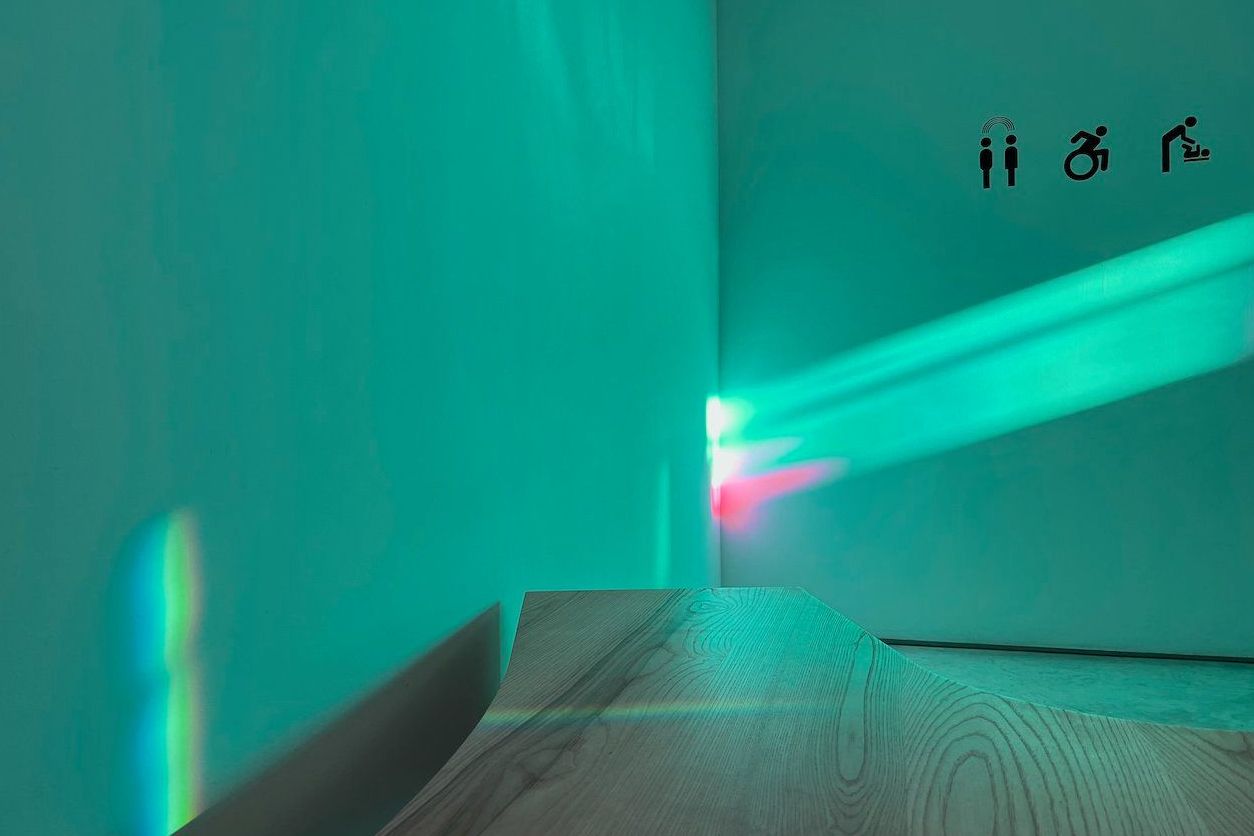
And that’s pretty much it.
No mention of the other on and off-site projects making up Make Visible. The unrelated project Therapeutic Agent (2020) - which bedecked the windows of the air bridge between the museum and library of New Plymouth’s Puke Ariki on the occasion of said institution becoming an official “safe space” for LGBTQIA+ in Taranaki - did get coverage on Stuff.
Such projects have not been well received by local conservatives.
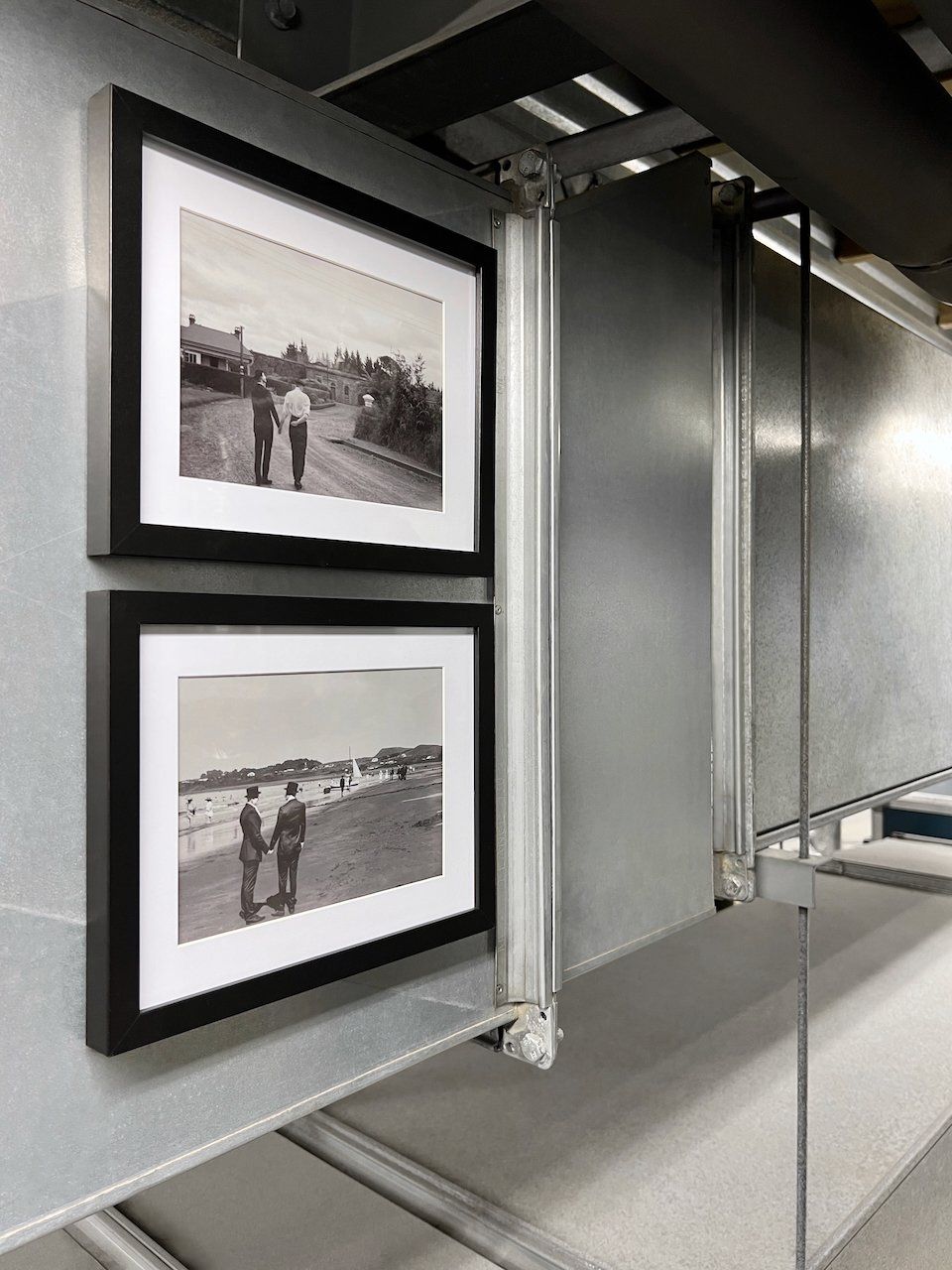
Govett-Brewster director, Zara Stanhope, responds:
“Shannon Novak’s residency project started in April 2022 and has continued to be in progress this year.
"A number of community engagement outcomes and artist installations in public places have already been delivered as part of the residency, as well as the permanent window work in the Gallery titled The Unfurling by Shannon and Pash Clothier.
"In addition, Shannon’s residency has sparked great initiatives including a Rainbow Advisory Group. We have had a link to Shannon’s website through this time and are working on a way to add more to our own new website, which is gradually going live since last month. We’re in the process of creating a more bespoke presence.”
One is loath to criticise the gallery too severely, but that is still over a year without much activity.
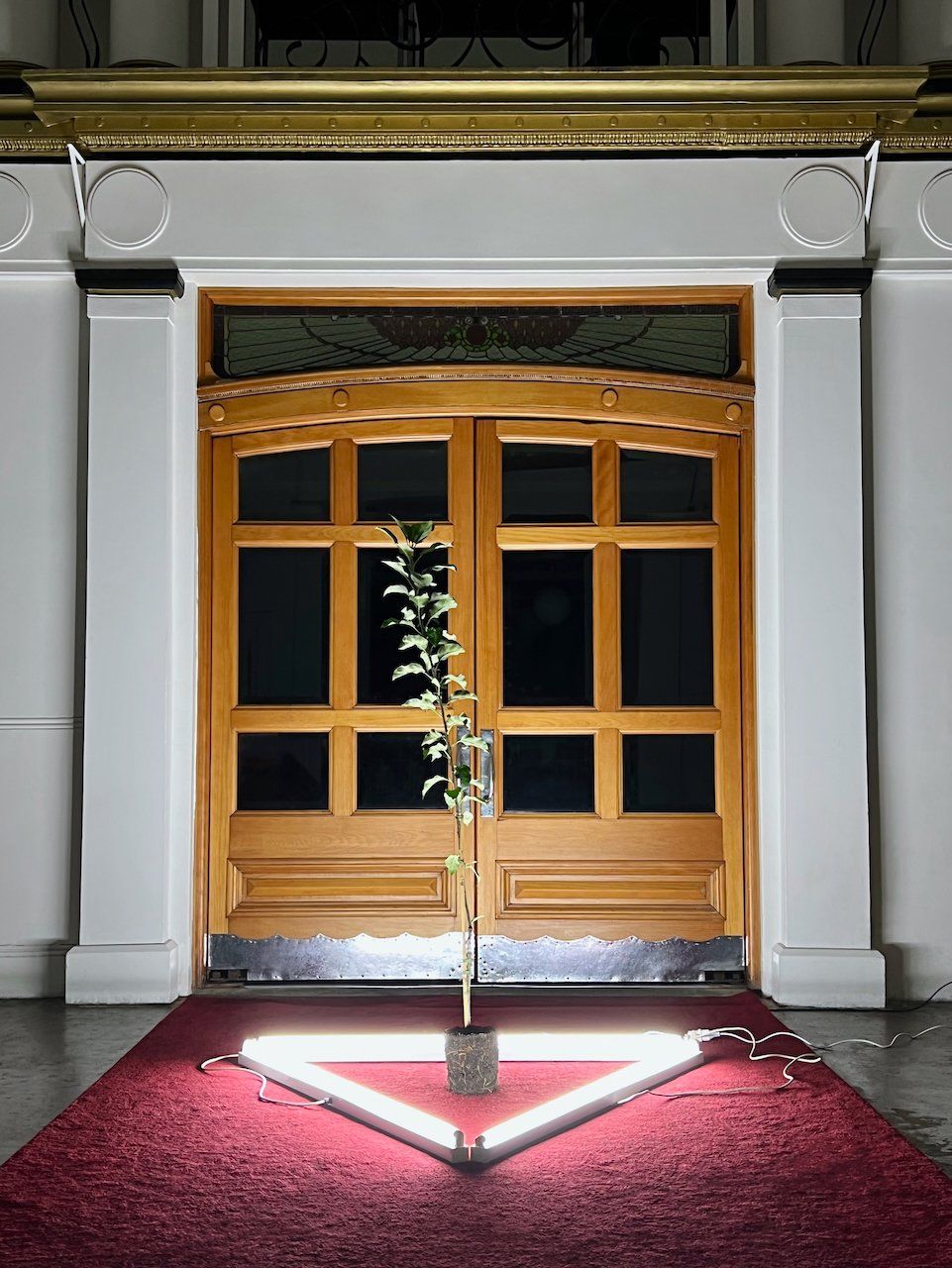
Novak declined to comment on the lack of publicity but appears to be doing much of the heavy lifting in terms of curation and promotion.
"I have taken on project manager, curator, artist" for it to happen, he says, "and am comfortable in these roles."
One might also be forgiven for having an attack of déjà vu.
In 2021, Govett-Brewster and New Plymouth council got pinged for its decision not to promote one of the most significant exhibitions of that year – Brett Graham’s Tai Moana Tai Tangata, subtitled: A cautionary tale about human endeavour in Aotearoa New Zealand – beyond a few select art publications.
Graham (Ngāti Koroki Kahukura, Tainui) was the artist in residence at the Govett-Brewster in 2019, and used the time to examine the relationship between Waikato-Tainui and ngā iwi o Taranaki, and how land confiscations affected both, drawing parallels with present-day environmental and economic crises.
At the time, RNZ quoted an anonymous gallery insider as saying:
"I think there's just an over-sensitivity and it's a very cautious approach from the council's comms team. They don't know how to handle this exhibition and the themes it touches on. … I think it is a fear of tackling the issue which is politically something that the council does have to consider, but art galleries and museums are not meant to be afraid of these things.”
Friends of the Govett-Brewster Art Gallery / Len Lye Centre president Sue Kelly said lack of council backing for the institution was nothing new.
"We sometimes get quite disappointed with the fact that the council appear to view the gallery as some kind of millstone around their neck.”
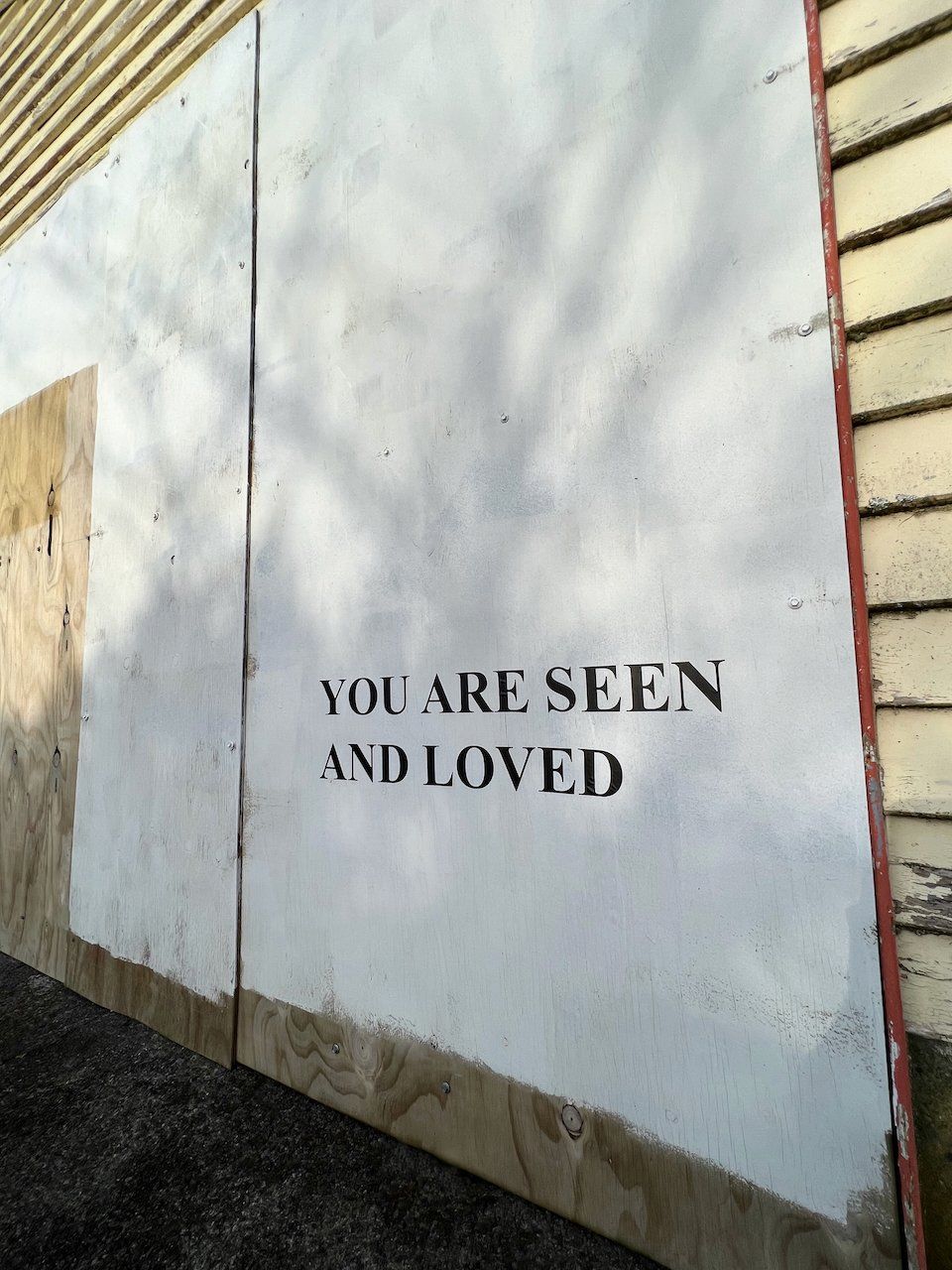
Another source well placed to comment suggested to me that the council was concerned about alienating its predominantly rural conservative Pākehā ratepayers.
Stanhope observes that in the case of Graham, the council rather than the gallery handled the promotion – or lack thereof - for Tai Moana Tai Tangata. The New Plymouth district council is responsible for resourcing all of the Gallery’s marketing and communication activity.
While this is an important distinction, the council has overall responsibility for promoting all cultural projects such as these, not least because the Govett-Brewster comes under the council and has, until recently, had staffing issues. At the time of the Graham fiasco, the gallery had lacked a dedicated social media person.
In other areas Govett-Brewster has been very supportive of Novak’s work, funding the project and efforts with local communities, yet even with a dedicated social media representative now in place, that presence nonetheless feels strikingly unreactive.
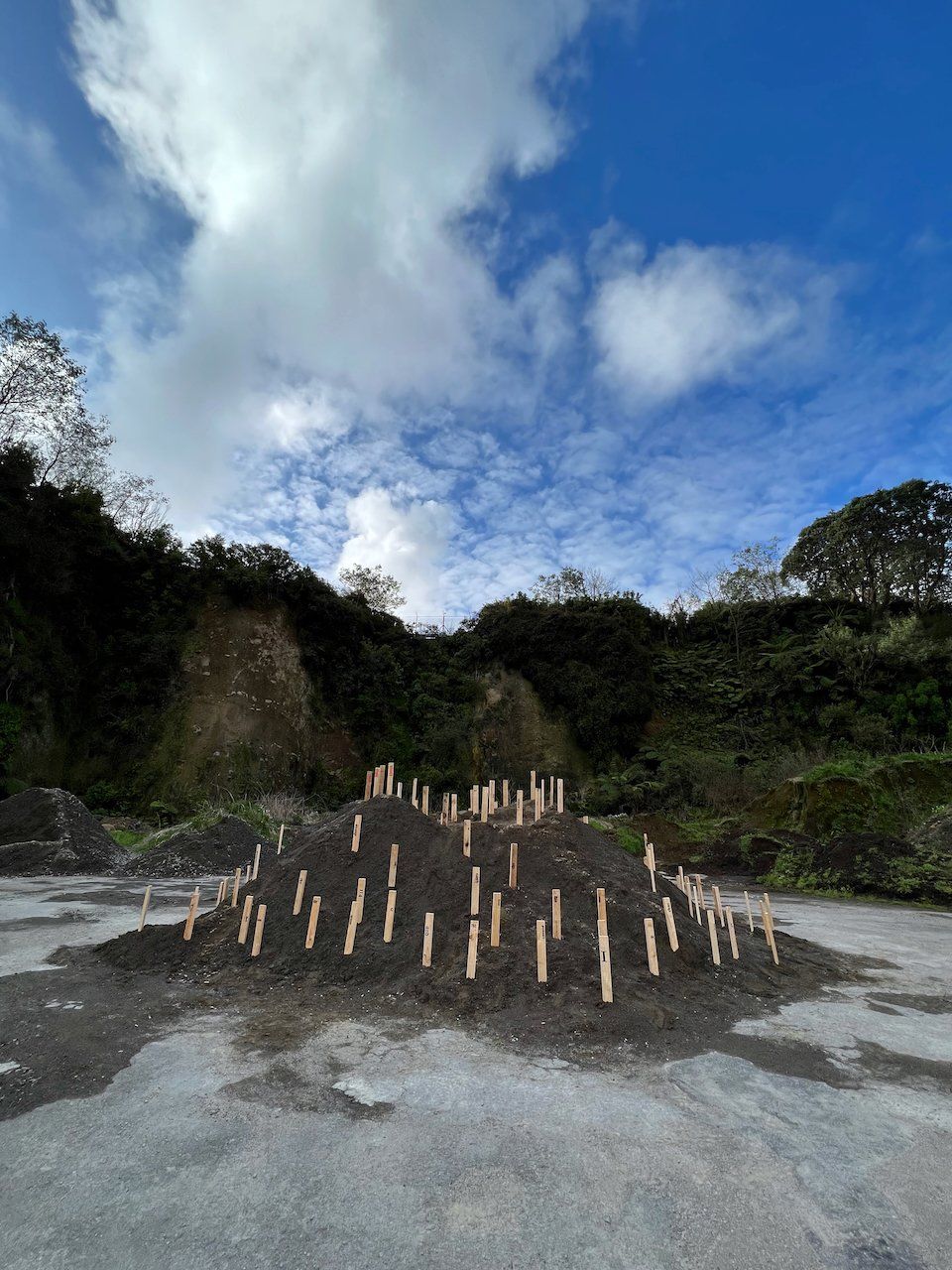
The council hasn’t been entirely hands-off, granting permission for Novak to install interventions in the local quarry (above) where imprisoned gay men once were forced into hard labour. Regardless, the silence is deafening, particularly regarding Novak’s projects on sites outside the Govett-Brewster.
New Plymouth District Council was approached for comment but has yet to respond.